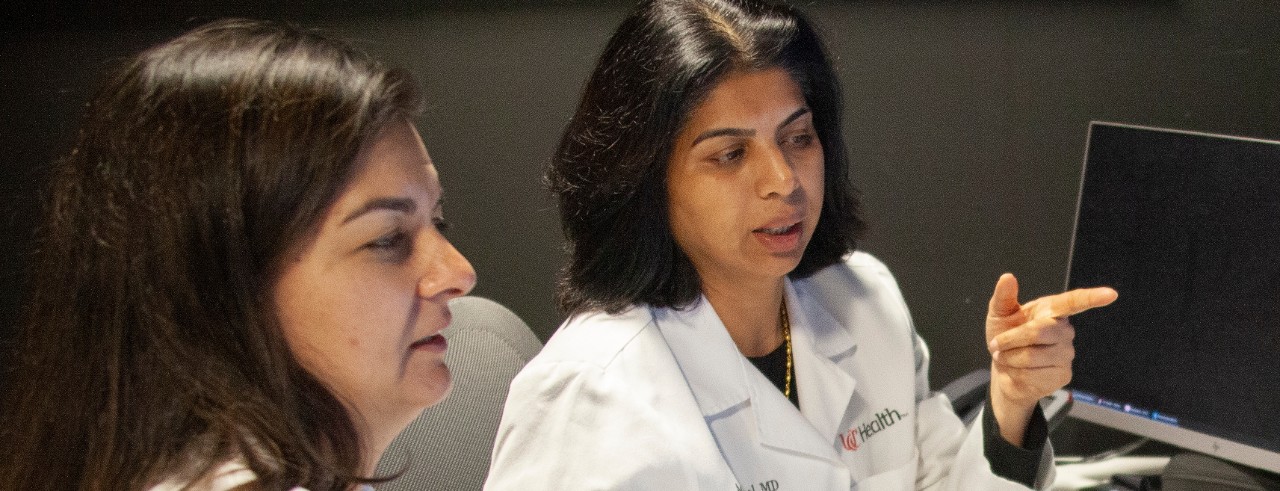
Local 12: UC expert discusses stroke research
The University of Cincinnati's Pooja Khatri, MD, joined Local 12's What's Happening in Health program to discuss advancements in stroke research.
Khatri serves as a co-director of the NIH StrokeNet National Coordinating Center housed at UC.
"We’re really honored to be able to be the national coordinating center for basically nearly all clinical trials in stroke that occur funded by the NIH," said Khatri, who also serves as a professor of neurology and director of the vascular neurology division in the UC College of Medicine’s Department of Neurology and Rehabilitation Sciences; co-director of the UC Gardner Neuroscience Institute Stroke Center of Excellence and a UC Health physician. "So we sort of get this bird’s eye view of everything happening in the country, and then we help make it happen and work with the sites all over the country."
UC was at the forefront of developing the first treatment for stroke, a drug called tPA, and continues to be a national leader in developing new treatments for acute stroke, advancements in stroke prevention and stroke recovery research, Khatri said.
Khatri reminded viewers to remember the acronym FAST in order to detect symptoms of a stroke:
- F = Face Drooping – Does one side of the face droop or is it numb? Ask the person to smile. Is the person's smile uneven?
- A = Arm Weakness – Is one arm weak or numb? Ask the person to raise both arms. Does one arm drift downward?
- S = Speech Difficulty – Is speech slurred?
- T = Time to call 911
Watch the What's Happening in Health segment. (Note: Segment begins around 5:50 mark.)
Watch or read the Local 12 news story on UC stroke research.
Featured photo at top of Khatri, left, and Achala Vagal, MD, right. Photo/Ravenna Rutledge/University of Cincinnati.
Related Stories
News Cincinnati loved in 2025
January 2, 2026
The story of prohibition bootlegger George Remus was among WLWT's favorite segments in 2025. UC Law Professor Christopher Bryant spoke with journalist Lindsay Stone about Remus using a temporary insanity defense during a murder trial.
What to know about this year’s big tax changes
January 2, 2026
Local 12 reported that taxpayers can expect some major changes this tax season. Gary Friedhoff, adjunct instructor at the University of Cincinnati’s Carl H. Lindner College of Business, recently spoke to Local 12 about how to avoid surprises.
Study finds police officers face higher long-term health risks
January 2, 2026
J.C. Barnes, a University of Cincinnati professor, is interviewed by Spectrum News about new research showing that the physical and psychological demands of law enforcement can contribute to earlier deaths.
